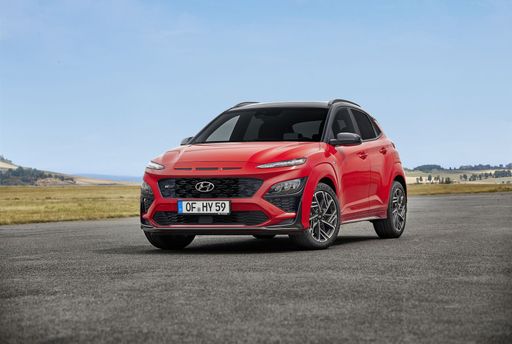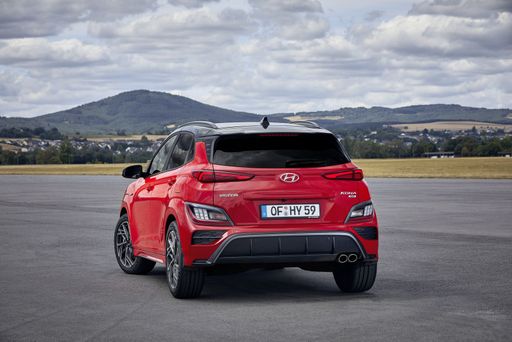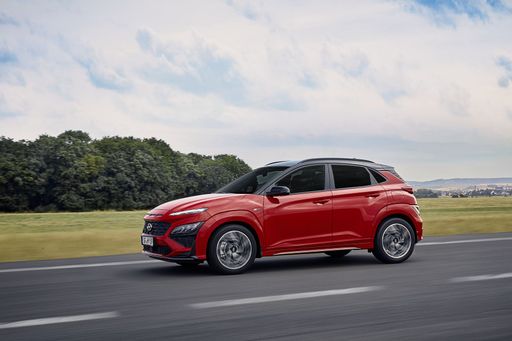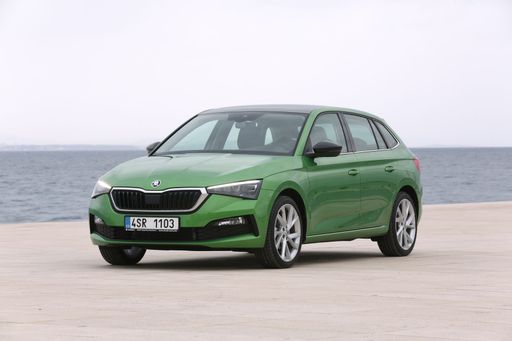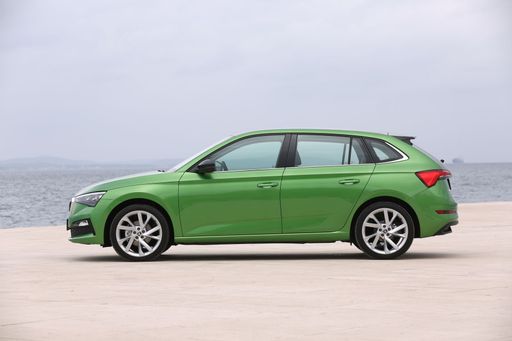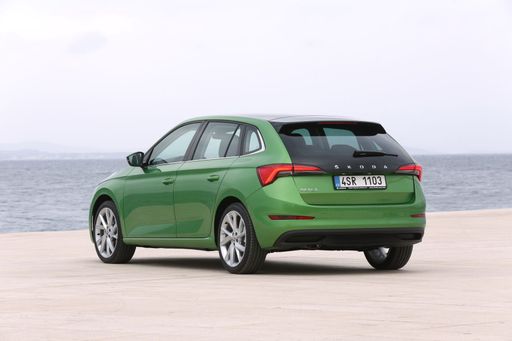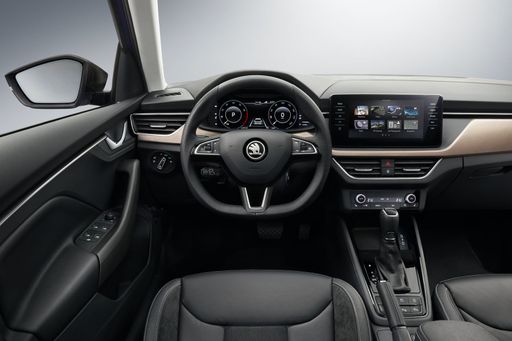Battle of the Segments: Hyundai Kona vs Skoda Scala
The automotive world is brimming with choices, and today we are pitting two standout models against each other: the Hyundai Kona, a compact SUV rich with innovations, and the Skoda Scala, a versatile hatchback renowned for efficiency. Whether you're searching for tech-forward features or a blend of practicality and style, these 2024 models promise to cater to diverse tastes and needs. Let's dive into the technical aspects and innovations that set these cars apart.

